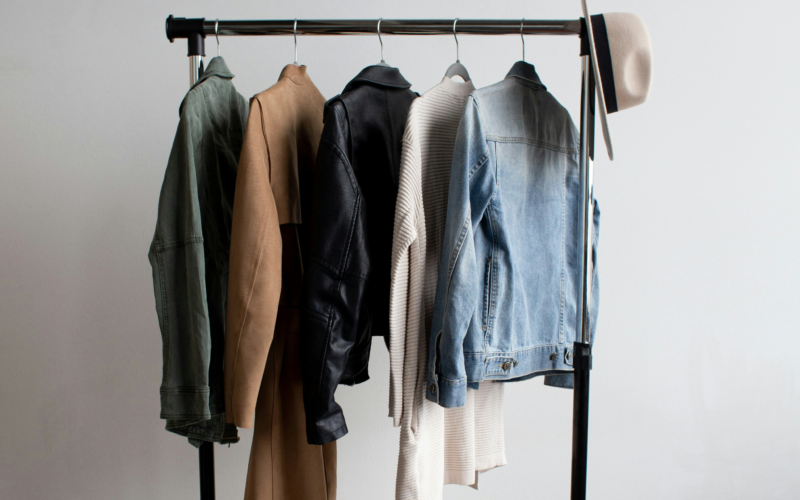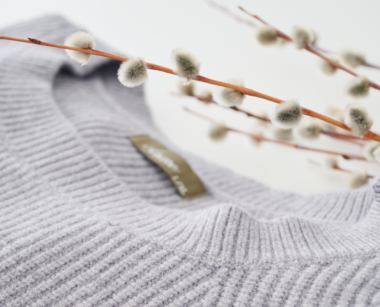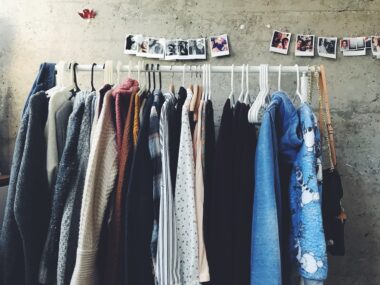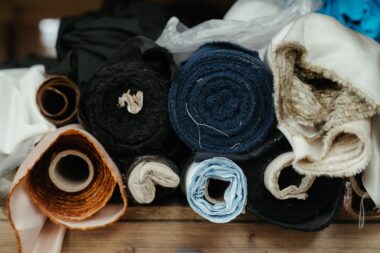Have you noticed how thrift stores have become the new It spots for scoring unique fashion finds? We have too, and we’re here to fill you in on why second-hand shopping is having its big moment. From environmentalists to savvy consumers, almost three in four Canadians and people from all walks of life are embracing preloved fashion. But how did second-hand shopping become so trendy?
The History of Second-Hand Shopping
Medieval Thrifting
Selling second-hand clothing has been around for a long time and was big business in England back in the Middle Ages. Back then, clothing was a status symbol, handmade and very expensive. With England’s foray into the silk market, the wealthy had access to more luxury items. But since most people couldn’t afford these new, fancy clothes, the second-hand market boomed. With a growing middle class wanting a piece of the luxury pie, buying second-hand clothes helped bridge the gap between the rich and everyone else, making stylish clothes more accessible.
Post Industrial Revolution
The second-hand clothing industry grew steadily in the 17th and 18th centuries. But the Industrial Revolution of the 19th century meant ready-made clothing became more affordable and the industry started to see a decline. At this point charitable and religious organisations in Europe and across the pond in the United States started selling second-hand clothing to raise money for their causes. During the Great Depression in the 1930s and WW2 many turned back to thrifting as an economical way of making ends meet. But as post-war prosperity rolled in, so did the stigma around buying and wearing used clothing.
Thrifting Resurgence
It wasn’t until the 70s when thrifting became popular again, especially with counterculture movements looking to express themselves through fashion and vintage finds. The 90s and 00s saw another dip in popularity as fast fashion took hold. But fast forward to today and the growing interest in sustainability and easy access through digital channels is making second-hand clothing as popular as ever.
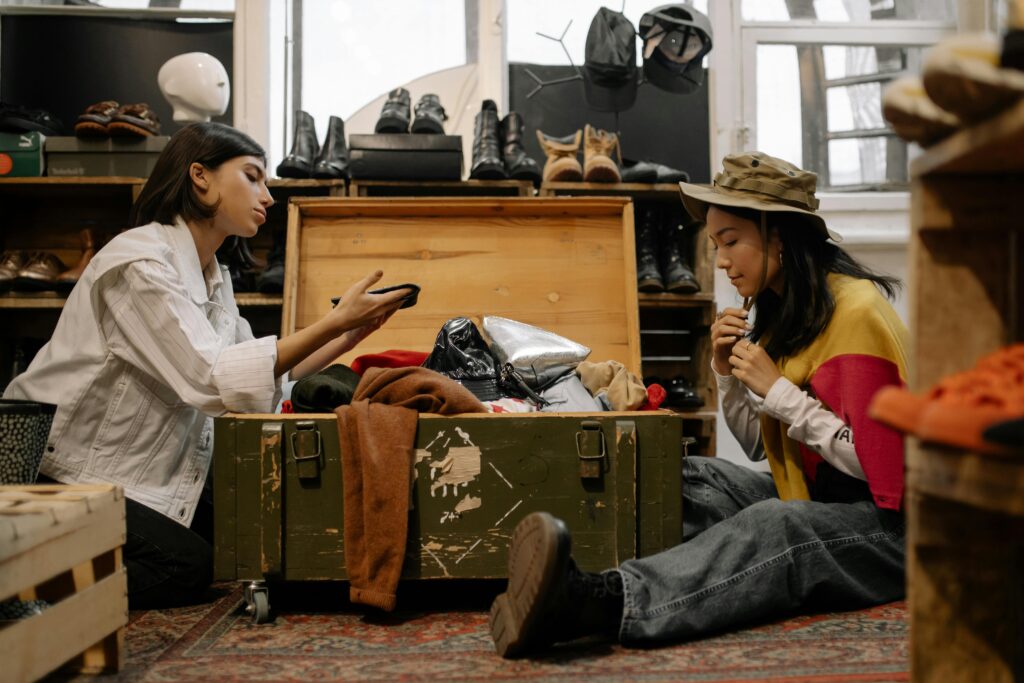
The Shift Towards Sustainable Fashion
The fashion industry isn’t exactly known for being green. Its rapid production cycles and disposal mentality has been linked with significant waste and labour exploitation. Fast fashion has a huge carbon footprint, with about 10% of global carbon emissions coming from the industry. Not to mention, the equivalent of one garbage truck full of clothes are burned or sent to landfills every second.
Enter second-hand shopping, which offers a sustainable alternative. As sustainability becomes more important in society, shoppers are turning to thrift stores, consignment shops, and online resale platforms to make more environmentally responsible choices. By buying second-hand, you’re extending the life of clothes that might otherwise end up as waste. This reduces the demand for new production, which means fewer resources and less energy consumed. It’s like recycling, but make it fashion.
Wallet-Friendly Finds
While ethical motivations often play a significant role when shopping second-hand, let’s face it, who doesn’t love a good deal? Thrifting is a goldmine for budget-conscious shoppers looking to build a stylish wardrobe without breaking the bank. In fact, according to a 2023 Paypal survey, almost half of Canadians shop second-hand looking for a bargain. Whether you’re hunting for a designer handbag or a funky vintage tee, second-hand stores often offer high-quality items at a fraction of their original price. As Canadian’s face a cost of living crisis, every saved dollar counts, and thrifting can be a great way to cut costs.
Online Thrift Stores
Can’t make it to a thrift store? No problem. Online thrift stores have taken thrifting to the next level by making it insanely easy and convenient. Platforms like Depop, Poshmark, and ThredUp let you shop for second-hand gems without leaving your couch. The ability to filter searches by size, brand, and price range makes it simple for shoppers to find exactly what they’re looking for, even those with the busiest schedules.
Another big win for online thrift stores? The sheer variety. Unlike your local thrift shop, these platforms have sellers from all over the world, offering an endless mix of styles, eras, and brands. Whether you’re hunting for a rare vintage jacket or a trendy piece from last season, you’re more likely to find it online.
The Allure of Unique Pieces
Fast fashion can be, well, fast. It churns out trends so quickly that what’s hot today might be out tomorrow. But with thrift shopping, every trip is a treasure hunt. Thrifting gives you access to a mix of styles, eras, and brands, letting you create a wardrobe that truly reflects your personality and creativity. Vintage clothing, especially, offers timeless appeal and top-notch craftsmanship that’s hard to find in today’s mass-produced items.
The resurgence of retro and vintage trends in mainstream fashion has made second-hand shopping even more popular. Iconic styles from the past keep popping up on modern runways, leading people to hunt for authentic pieces from decades ago. Thrift stores and vintage shops are like treasure troves for those wanting to capture the vibe of different eras, from 1920s flapper dresses to 1990s grunge flannels.
Social Media Influence
Social media platforms have transformed the way we shop, and second-hand fashion is no exception. Instagram, TikTok, and YouTube are filled with thrifting content, from haul videos and styling tutorials to tips on finding hidden gems.
Influencers and fashion content creators like Alexa Sunshine83 and Gittemary Johansen have embraced thrifting, using their platforms to advocate for sustainable fashion choices and share their personal thrift journeys. Their creative posts help break down the stigma associated with buying used clothes and inspire millions of followers to try thrifting themselves.
Challenges and Considerations
While the rise of second-hand shopping is promising, it is not without challenges. The increased demand for thrifted goods can lead to higher prices and gentrification of second-hand stores, potentially making them less accessible to those with a lower-income who rely on them. Plus, the focus on trendy vintage items can sometimes overshadow the importance of supporting a sustainable method of shopping.
As thrifting becomes increasingly popular, a key challenge is maintaining its sustainability ethos amidst its newfound trendiness. While the rise in second-hand shopping is generally positive for the environment, the surge in demand can lead to overconsumption in a new form. When thrifting is driven by the same fast fashion mentality of constantly updating wardrobes, it can undermine the sustainability benefits. Future thrifting must balance the allure of unique, affordable fashion with mindful consumption practices to ensure that the environmental impact stays positive.
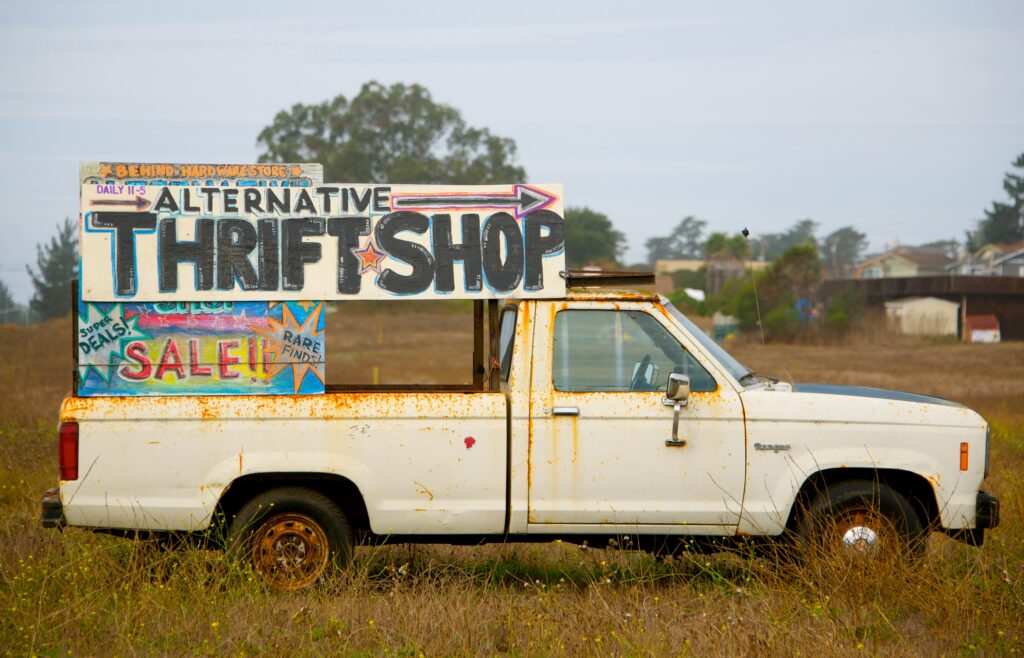
Thrifting Tips for Beginners
Ready to dive into the world of thrifting? Here’s some tips to get you started:
- Be Patient: Thrifting is a treasure hunt. It might take time to find that perfect piece, but the reward is worth it.
- Check Often: Inventory at thrift stores changes frequently. Regular visits increase your chances of scoring great finds.
- Try Different Stores: Explore a variety of thrift shops, from charity stores to high-end consignment boutiques. Each has its own unique selection.
- Think Outside the Box: Don’t be afraid to get creative. Look for items that can be up-cycled or styled in new ways.
- Know Your Wardrobe: Keep an idea of what you need and what styles you love. This helps you avoid impulse buys and build a cohesive wardrobe.
Conclusion
Why Thrifting is More Than a Trend
Thrifting is more than just a passing fad. It’s a movement towards a more sustainable, conscious, and stylish way of living. By choosing second-hand, we’re making a statement about our values and contributing to a positive change in the fashion industry.
So next time you’re looking to refresh your wardrobe, why not hit up a thrift store? You never know what treasures you might find. And who knows, you might just fall in love with the thrill of the hunt and the satisfaction of scoring a killer deal.
The content provided on this website is for informational and entertainment purposes only. While we strive to provide accurate and up-to-date information, the opinions expressed here are those of the authors and do not necessarily reflect the official policy or position of any company or organization mentioned.
We are not responsible for any inaccuracies, omissions, or any outcomes that may result from the use of this information. Thrifting experiences can vary widely depending on location, store, and individual preferences, and we encourage readers to do their own research and use their discretion when making purchasing decisions.
Additionally, any links to third-party websites or services are provided for convenience and do not signify endorsement. We are not responsible for the content or practices of these external sites. Always exercise caution and read terms and privacy policies before engaging with third-party content.
